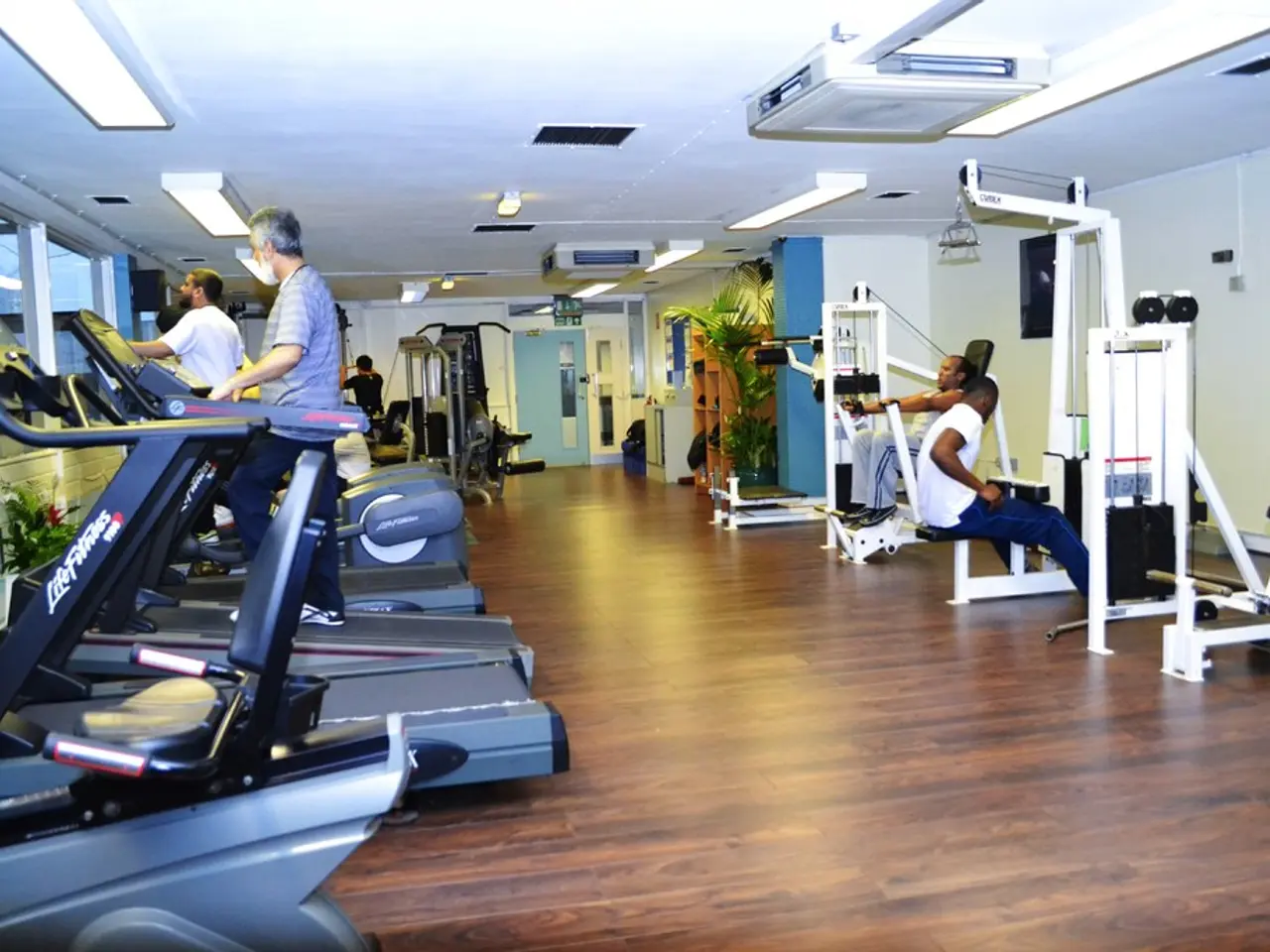Understanding Cardiovascular Wellness: A Look into Heart Health
Improving heart health is a crucial aspect of maintaining overall well-being, as the heart plays a vital role in delivering oxygen and nutrients to organs and tissues. Here's a guide to recommended exercises and guidelines for maintaining a healthy heart.
**Recommended Exercises**
1. **Aerobic Exercises**: These are highly beneficial for heart health. Examples include running, cycling, swimming, and hiking, which improve cardiovascular fitness and strengthen the heart.
2. **High-Intensity Interval Training (HIIT)**: This type of exercise is effective for improving cardiovascular fitness. It involves short bursts of high-intensity exercise followed by brief periods of rest.
3. **Dancing**: This fun activity combines aerobic exercise with coordination and balance, enhancing overall fitness while reducing stress and inflammation.
4. **Strength Training**: Building muscle mass can improve metabolic rate and glucose metabolism, reducing inflammation and supporting heart health.
5. **Yoga and Pilates**: These exercises improve flexibility, posture, and body alignment, reducing strain on muscles and joints, which can decrease inflammation.
**Guidelines for Exercise**
The American Heart Association suggests at least **150 minutes of moderate-intensity aerobic exercise** or **75 minutes of vigorous aerobic exercise** per week. Incorporating a mix of these exercises into your routine can ensure comprehensive cardiovascular benefits.
**Timing of Exercise**
Morning workouts can improve insulin sensitivity and align with the circadian rhythm, potentially reducing heart disease risks. Evening workouts may enhance blood vessel elasticity and reduce vascular resistance.
**The Importance of Regular Check-ups**
To assess heart health, healthcare professionals often recommend regular check-ups, including blood tests and physical examinations.
**The Role of Exercise in Heart Health**
Regular physical activity can control weight, reducing the strain on the heart and lowering the risk of heart-related issues. Exercise can also lower blood pressure by improving the elasticity of blood vessels and promoting better blood flow.
Exercise strengthens the heart muscle, improving its efficiency and overall function. It can raise levels of high-density lipoprotein (HDL) cholesterol, often referred to as "good" cholesterol, while lowering low-density lipoprotein (LDL) cholesterol, or "bad" cholesterol.
A balanced diet, rich in fruits, vegetables, whole grains, healthy fats, lean proteins, and low in sodium, added sugars, tobacco, and excessive alcohol, significantly impacts heart health. Elevated cholesterol can lead to plaque buildup in the arteries, increasing the risk of heart disease.
Engaging in regular physical activity is one of the most effective ways to promote heart health. High blood sugar can damage blood vessels and nerves that control the heart, so maintaining a balanced diet and regular exercise is essential for optimal heart function.
- Balanced nutrition, which includes a diet rich in fruits, vegetables, whole grains, healthy fats, lean proteins, and low in sodium, added sugars, tobacco, and excessive alcohol, plays a vital role in heart health as it helps manage weight and reduces the risk of heart-related issues.
- Adequate mental health is crucial for overall well-being as it helps maintain a consistent exercise routine, which is essential for managing weight, lowering blood pressure, improving the elasticity of blood vessels, promoting better blood flow, and strengthening the heart.
- Fitness activities like yoga and Pilates can provide mental health benefits by reducing stress and inflammation while improving flexibility, posture, and body alignment, leading to reduced strain on muscles and joints, and ultimately, lowering the risk of heart disease.




